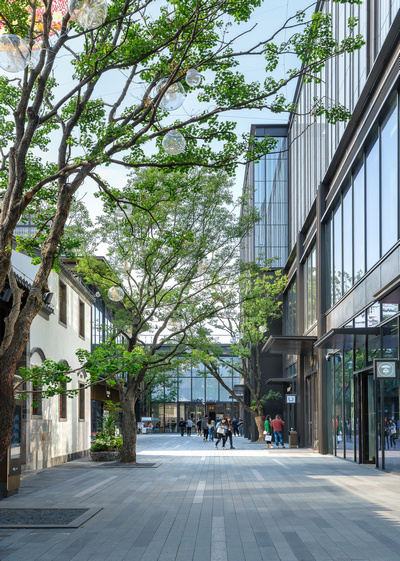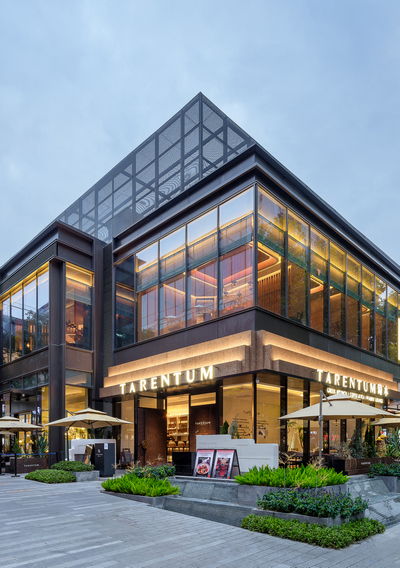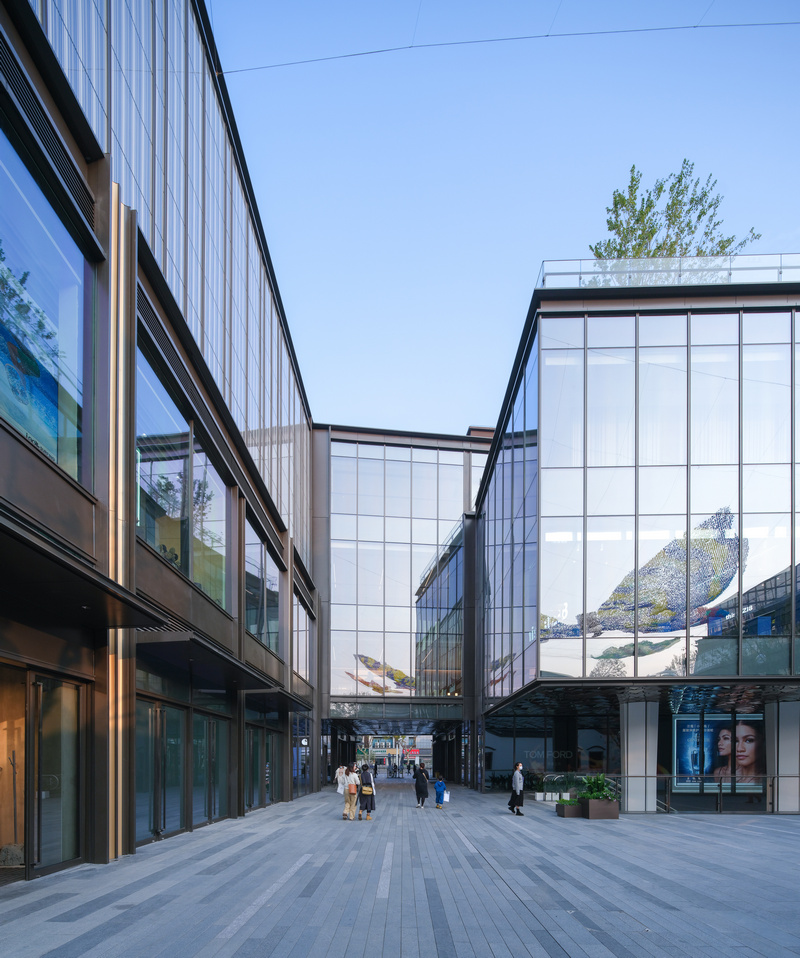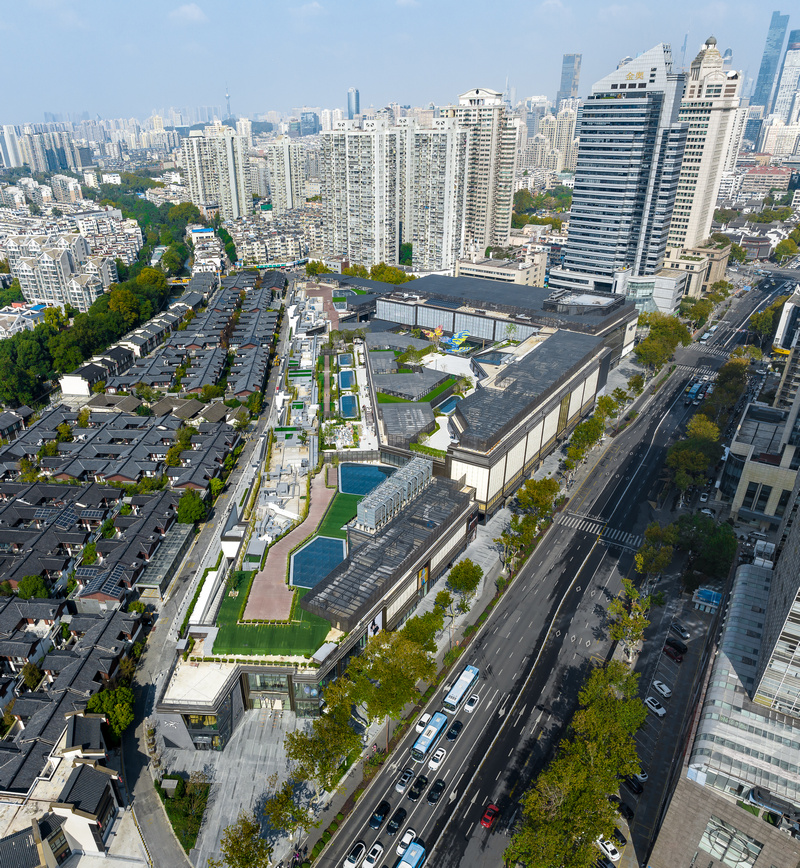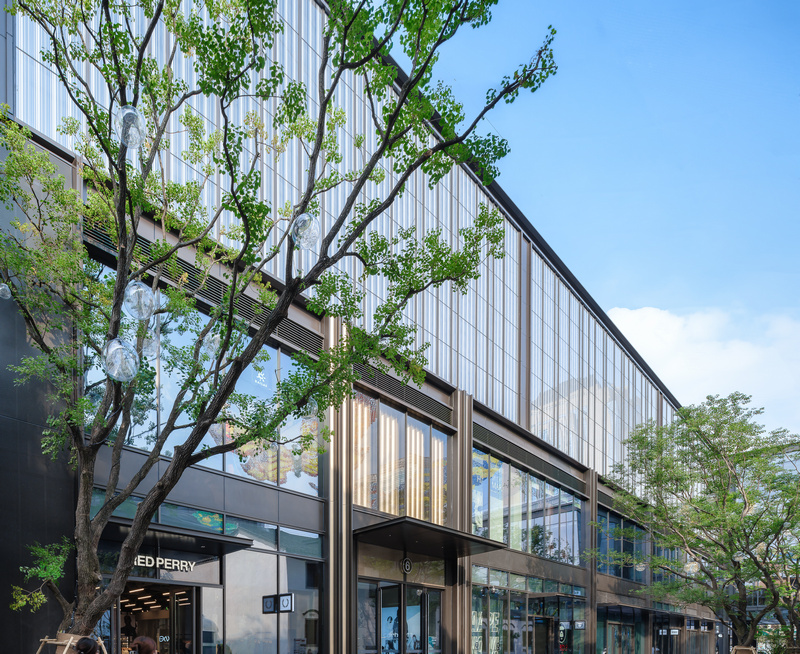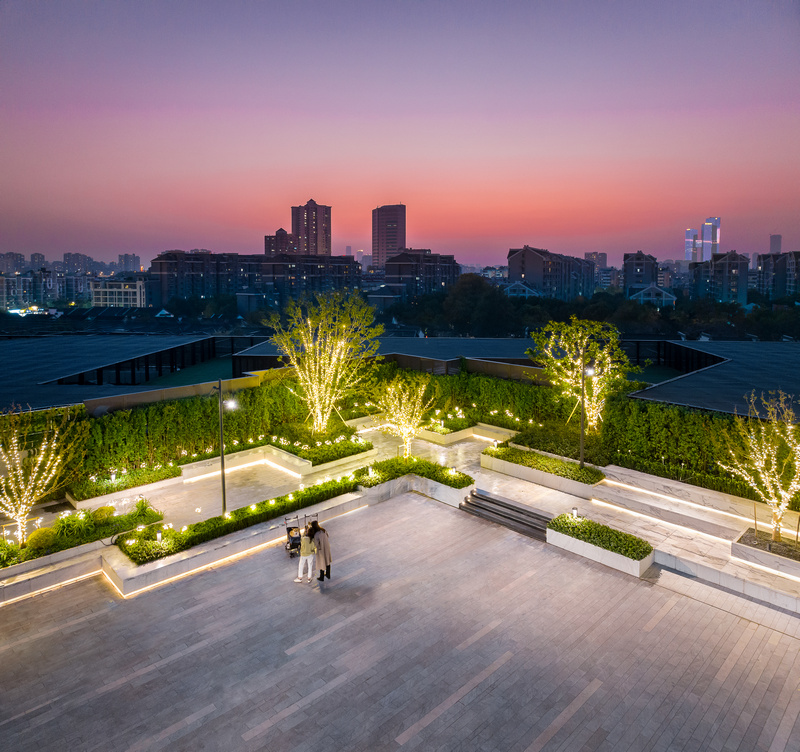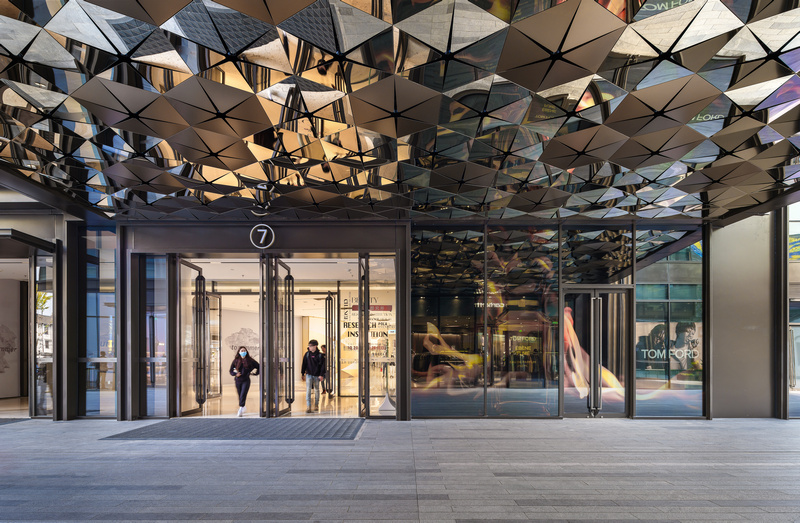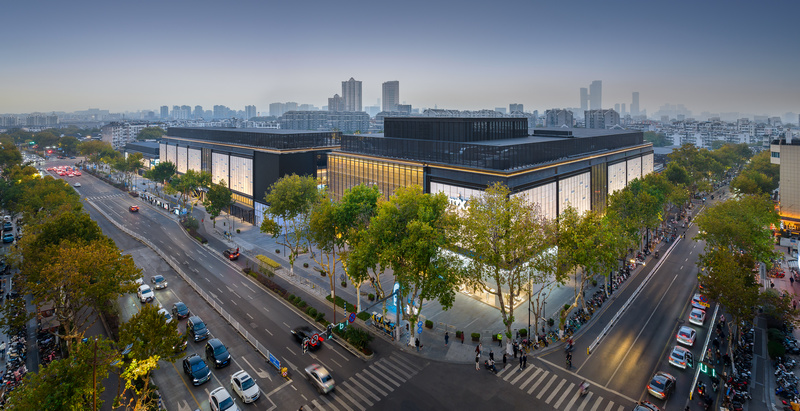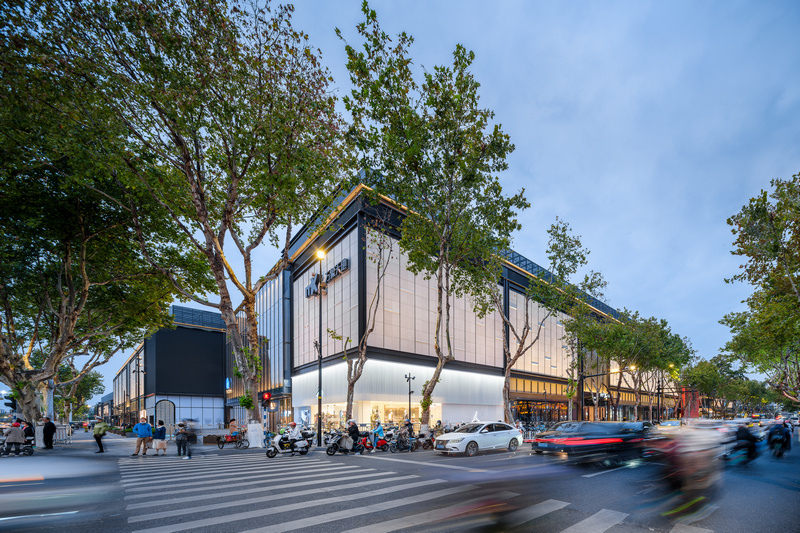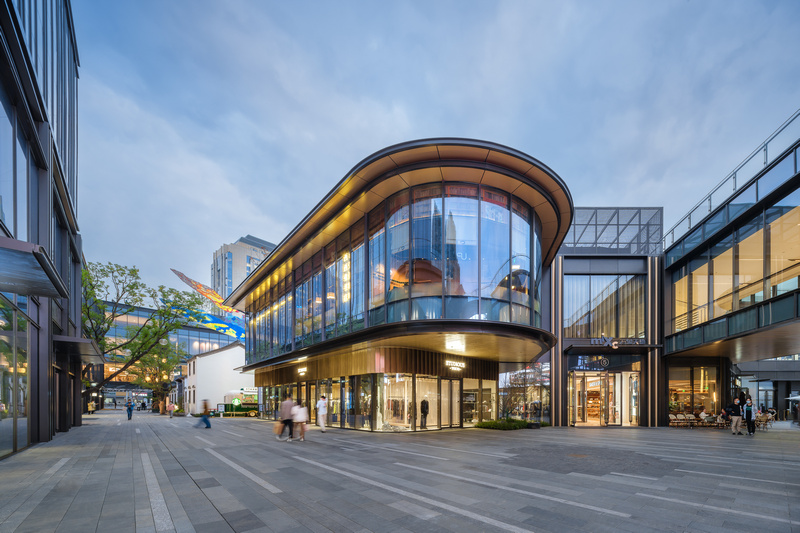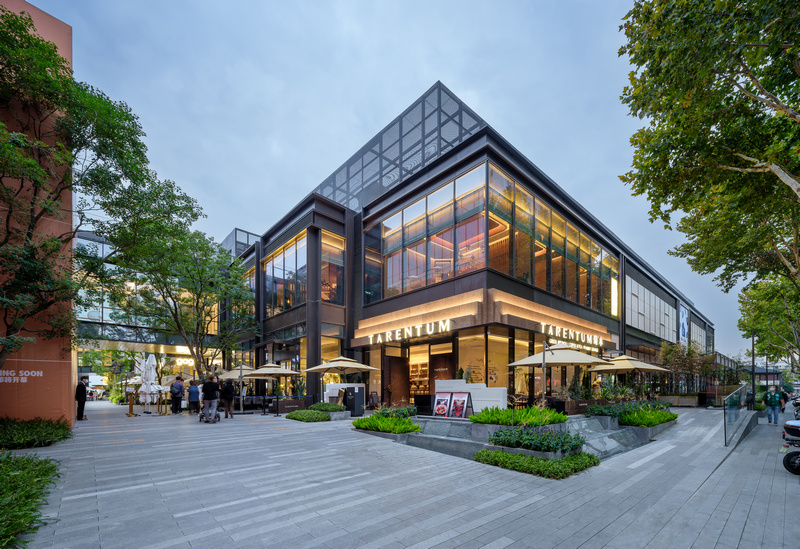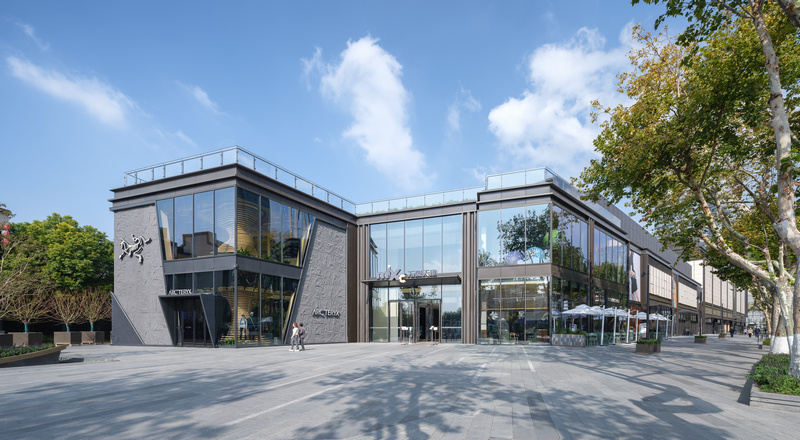Lead8 Respects, Transforms and Inspires with New Development
Balancing Traditional with ‘New Era’
MixC Nanjing is new a retail-led development located in the city’s central 700-year-old Sanshan Street district. The 83,800 square metre scheme takes the form of a low-rise retail precinct that pays respect to the location’s centuries-old context.
“Lead8’s vision was to deliver a retail concept that carefully balances traditional and ‘new era’ for Nanjing. Through our design philosophy, we have reimagined the street texture of the district with the aim of continuing the historic urban fabric for the long term. Ultimately, our architectural and façade design has aimed to capture the history of this area while imagining a vibrant future,” said Claude Touikan, Co Founder & Executive Director of Lead8.
Preserving Nanjing’s Local Identity
The scheme is located near the centre of the city and the famous Qinhuai Tourist Area known for its historical landmarks and rich mix of ancient cultural sites. The immediate area surrounding the site features heritage-protected buildings and high-density living with little commercial development currently existing.
While MixC Nanjing is positioned between two protection zones, the ‘Menxi Traditional Residential Area’ and the ‘Nanchuting Traditional Residential Area’, it does not exclusively belong to either. However, the design team has paid attention to the reappearance of historical textures and the macro thinking that informs the planning requirements for these areas.
Within this setting, the site features a ‘Yunzhang Gongsuo’, an original office building for Nanjing Yunjin (silk industry), as the centrepiece of the retail development.
The overall planning placed strong importance on creating an open scheme, supporting connectivity and visibility to the traditional cultural building. Internal pedestrian streets have been carved into the site to echo the original urban fabric and surround the historic building.
Interpreting Traditional Façade Architecture
The architectural design of MixC Nanjing captures the identity of Nanjing through its selection of materials, style, scale and colour. The architectural and façade design language has been informed by studying the city’s building typologies and adapting the core elements.
The triangular site offers opportunities to adapt the façade design strategy along each side to fit comfortably within the district. Facing the main commercial boulevard, the multi-storey façades show an interpretation of traditional Nanjing architecture along the tree-lined throughfares.
Within the development, the façades facing the inner streets feature layered setbacks, an adaptation of old village streets. The design also helps to facilitate a connection between the indoor and outdoor experiences. Interestingly, the façade design also supports the commercial retail strategy in this area. Typically, the focal retail units have the strongest visibility to the street, but in MixC Nanjing’s case, the hierarchy has been restructured to give anchor tenants prime spaces within the internal pedestrian streets.
The third and final façade design strategy faces the redeveloped Chengnan Residential area. To provide a dialogue and integrate with the urban fabric, Lead8 has utilised a ‘Yanliaofang’ inspired design. The façades on this section stand between one and two storeys in height and have a Chengnan residence engraving as a design feature.
Serving the Public and Environment
Well-connected, MixC Nanjing is strategically located near multiple train stations in the city. The open format has enhanced street mobility and network accessibility to benefit visitors arriving from different access points. The fourth-floor rooftop serves as a retreat from the bustling streets, offering green outdoor spaces and places for quiet recreation for the general public.
The development has also been conscious of environmental performance. A number of green systems, construction techniques and materials have been integrated to reduce its impact, from solar panels to grey and rainwater collection and recycling and the local sourcing of materials from Southeast China.
Metal materials on the southwest façade have helped to reduce glare for neighbouring residential while Low-E glass reduces heat gain, and natural stone and granite walls minimise the reliance on glass and heat gain along the east and west facades.
“With its unique positioning, location and concept, we believe this development ushers in a new flagship for Nanjing’s famous tourist area. Through our design, we have shown how urban placemaking and historical influences can balance the demands of modern commercial life with the importance of preserving local history,” shares Touikan.
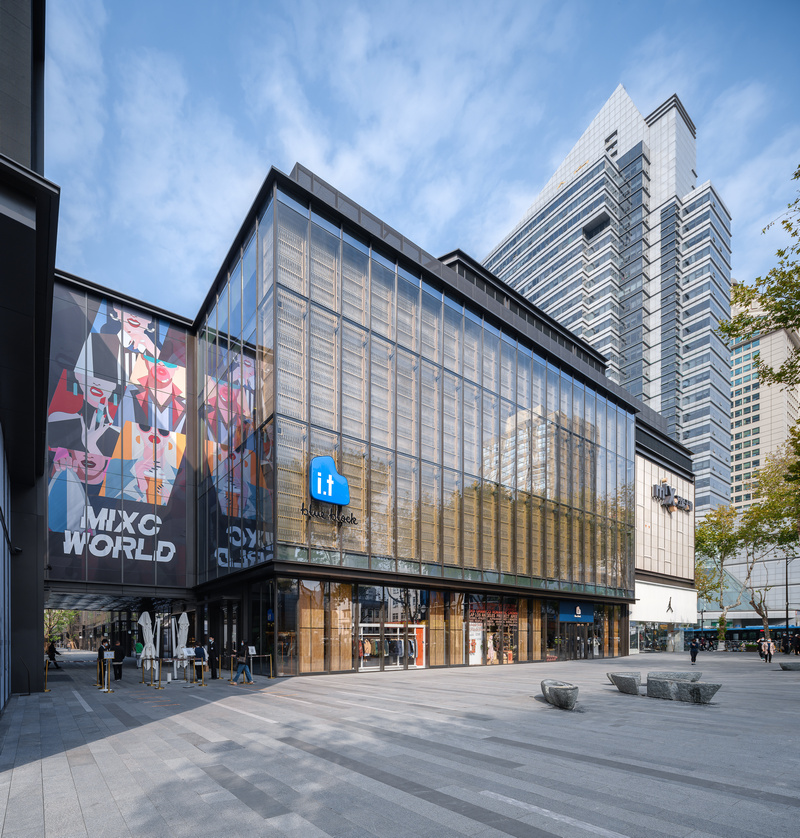
Project Details:
- Location: Nanjing, China
- Developer: China Resources Land
- Architect: Lead8
- Size: 83,800 sqm













